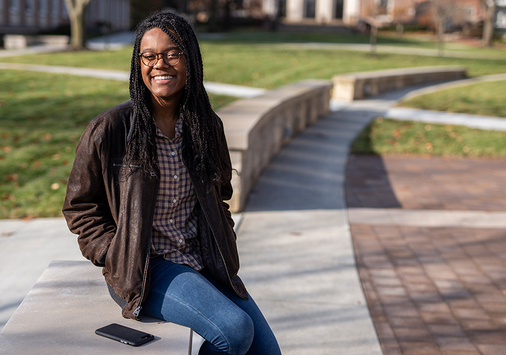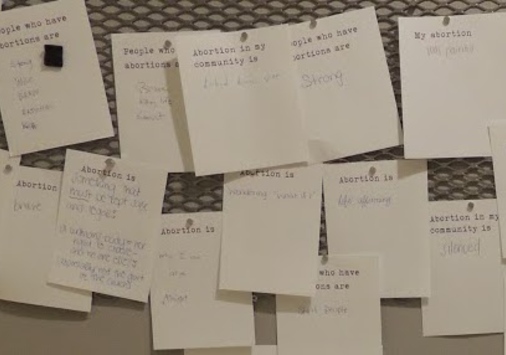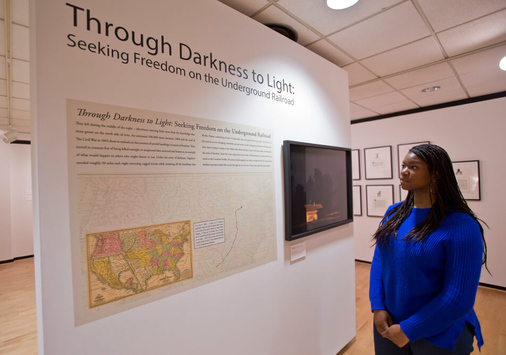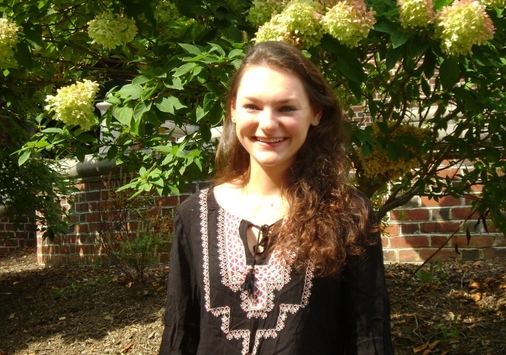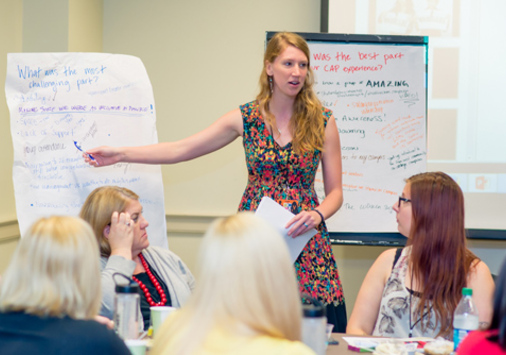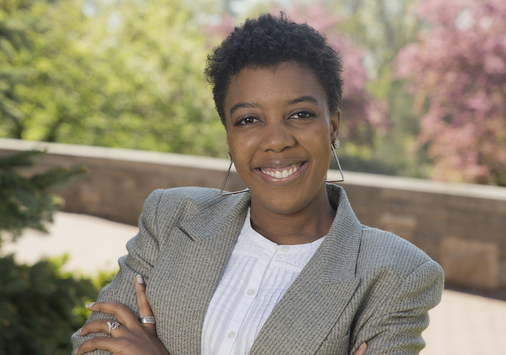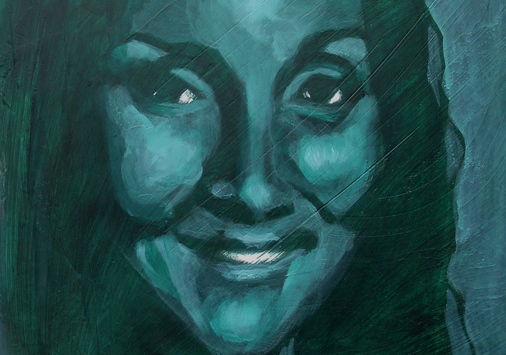
In a recent article published in “Perspectives on History” Professor Megan Threlkeld outlines the unexpected benefits of teaching a course about the “history wars.” She notes, “While William Randolph Hearst’s newspapers criticized textbook publishers in the 1920s for their sympathetic portrayals of Benedict Arnold, or Lynne Cheney and Gary B. Nash battled over the National History Standards in the 1990s, most students likely remained unaware that such battles were even happening. “
Threlkeld goes on to say:
“Teaching the history wars, I’ve discovered, is a fantastic way to introduce students both to the contingent and contested nature of historical practice and to current efforts to restrict the history they and their peers can learn.”
“Because most of my students have never heard of the history wars (every year a few think they’ve registered for a class on wars in history), my first task is always to explain what they are. We start with some introductory readings. I’ve had great success with Alia Wong’s “History Class and the Fictions about Race in America” and Michael Conway’s “The Problem with History Classes,” both published in 2015 in the Atlantic; David W. Blight’s “The Fog of History Wars” (New Yorker, 2021); and the introduction to Sam Wineburg’s Why Learn History (When It’s Already on Your Phone) (Univ. of Chicago Press, 2018). My simple goal is to help students understand that the past is contested terrain. There is no “one true story”, both knowable and unchanging, of what happened long ago - hence the seemingly endless battles over what students should learn.
“To reinforce this idea, we turn to textbooks. In 20 years of teaching, I’ve found comparing textbooks is the most direct and effective way to show students the contingent and contested nature of the past. And textbook exercises can be adapted for different grade levels and integrated into lessons on related content.
I use Kyle Ward’s History in the Making: An Absorbing Look at How American History Has Changed in the Telling over the Last 200 Years (New Press, 2007) to identify both topics and specific excerpts. My students read chapters of Ward’s book, but I also dig up some of the originals. Many textbooks out of copyright are available open access on HathiTrust, and more recent ones have been digitized by the Internet Archive. I also haul in a box of old textbooks I’ve found online for a few dollars each; students love digging through them and sharing what they find. Slavery, for instance, is always a conversation starter. We compare short passages from books published in 1889, 1933, 1974, and 1995, discussing how and why treatments of slavery have changed over time and what a textbook’s publication date can tell us.
“This exercise never fails to open students’ eyes. ‘I always thought history was one singular story’, Mark reflected. ‘I didn’t realize it was so chaotic and messy’. Another student came to the class thinking “everyone learned a similar history, so finding out just how different they are was super fascinating.” And they’re even more shocked to learn how widely current textbooks can vary. We read a 2020 New York Times article comparing different versions of the same book used in California and Texas and discuss how politics and state standards shape textbook content. “How can the same book look so different with so many little changes?” Carrie exclaimed. “You’re learning different versions of history depending on where you live. That’s bizarre.”
Read the entire article: https://www.historians.org/research-and-publications/perspectives-on-history/may-2023/teaching-the-history-wars



